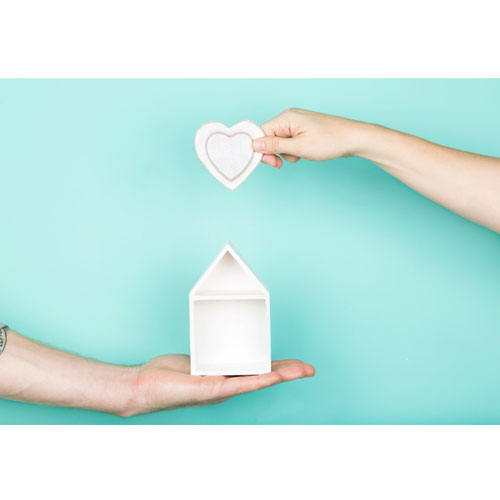5 Eco-Friendly Options to Consider When Designing Your Home
Over the past decades, green homes have shifted from being an “alternative” way of constructing and remodeling to being the mainstream. Contractors have been looking into growing their businesses by introducing eco-friendly methods of building houses. The drop in green technology has also made green housing a popular choice among homeowners. Thankfully, remodeling with sustainability is easier than you could ever imagine, and it will generate savings through reduced energy usage.
1. Harness solar energy
The sun is the overall source of clean and low-cost energy. When designing your house, you have the unique opportunity to plan for solar energy use. Consider making it the main supply of power in your home. Take advantage of geography to get the most of light from the sun into your house. Where you position the building on the plot as well as how you place the solar panels will determine how much solar energy you will collect. Ask your contractor to help you evaluate the solar potential of your property. If you combine solar with other green ideas, you will make considerable savings in the long run.
2. Save on water
Water is a precious resource that everybody cannot do without. Consider installing low flow toilets and shower heads. Upgrade to efficient water heaters, and re-circulation pumps to ensure that no water goes down the drain. Toilets take up approximately 30 percent of a home’s water usage. Install toilets that use 1.28 gallons of water in a flush rather than the EPA recommended usage of 1.6 gallons. That way, you will save about 13,000 gallons of water in a year.
You can also try heat pump water heaters as an energy-efficient option. The heaters rely on heat from the surroundings but turn to electricity when water usage is high. Recirculating hot water in the house is yet another viable water-saving option. It can save you about 3,300 gallons of water annually.
3. Think about indoor air quality
The average home spends thousands of dollars on HVAC costs. That is why you should consider indoor air quality when designing your house. Go for paints and finishes that have low levels of volatile organic compounds to reduce airborne toxins. Although some reports claim that the best performing paints have high levels of these compounds, they are not entirely safe for human use, and they also lead to low indoor air quality.
Another factor to consider when maximizing air quality is to find safe wall coverings. Go for eco-friendly options such as wood panels and cork tiles. As you shop for wall decorations, buy eco-friendly wall stickers. For home décor, there are many eco-friendly and reusable easy sewing projects. You know they are good for the environment if they are PVC-free. It is particularly important when designing your kid’s room because PVC has highly toxic ingredients that are transferred to the atmosphere during its production, use, and disposal.
4. Cool your roof
The material you use on your roof will make a massive impact on your home’s energy efficiency. Consider using products that reflect the sun’s energy away from the roof, holds less heat for a little time and cools fast at night. Some of the roofing products that offer several eco-friendly benefits include slate, cotta, metal roofing, terra and white tiles. Although the green options are often costlier than the non-efficient ones, they are cost-effective in the long run. So, you will recoup the costs through the energy savings you make, the minimal maintenance and longevity of the roofing product.
A living roof is another option to consider. It does not only beautify your home but also catches and filters rainwater. Depending on the plant coverage, you can rely on the green roof to partly insulate your home. Luckily, this is an affordable option that you can implement quickly.
5. Buy reclaimed
Do not get caught up in buying the shiniest and the newest. Consider materials such as reclaimed wood, which is not only an environmentally friendly choice but also beautifies your home. Also, think about buying decorations that utilize eco-friendly materials like the stainless steel water bottle with a bamboo top. The bottle is beautiful in that you can place it on a counter in your house to give the room a “green” touch because of the bamboo top.
Going green will not just save the environment, but it will also save you some serious money and add beauty to your home. Thankfully, there are many ways of going green, such as these five ideas. Make sure to consult your contractor for advice on how to implement these tips into your home’s design.
About the author: Anna Carter Short is a freelance writer and a seamstress of more than 5 years. Annabelle is a mother and she loves making crafts with her two children, Leo (age 10) and Michelle (age 11). When not working, she’s spending time with her family or putting pen to paper for her own personal pursuits.








